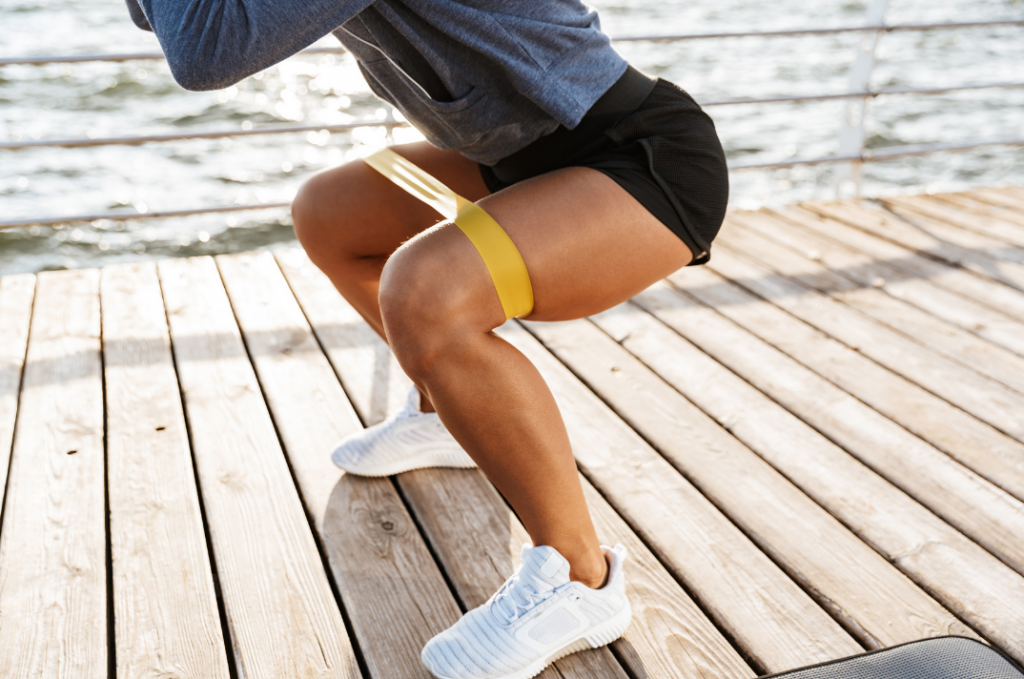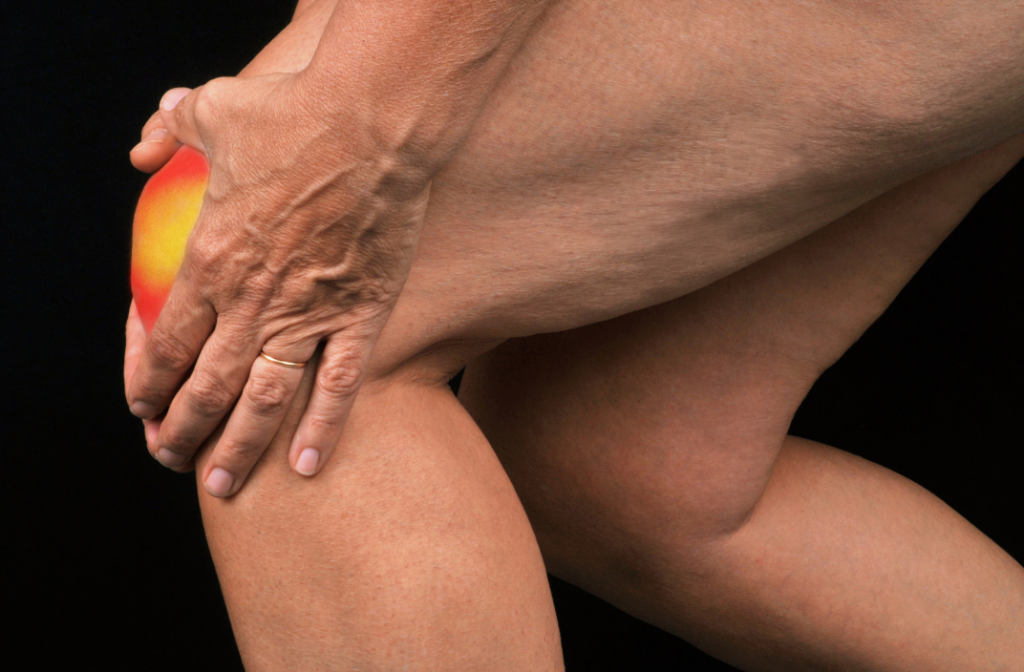When you’ve got foot pain, many people will try anything that promises to get rid…
Why Am I Getting Knee Pain After Squats?
If you’re a regular at the gym, then squats likely come as second nature to you… or do they?
While many people complete squats on a regular, if not daily, basis, many of our patients harbour a distinct level of uncertainty as to whether they’re doing their squats ‘correctly’ because:
- They’ve been shown multiple differing techniques by different personal trainers
- They haven’t had their technique checked since being shown how to do squats or squat-based exercises initially
- They experience pain or sensations that don’t feel quite right during their squats, but aren’t sure what they’re doing wrong
And it’s not surprising. Most people are told the same story about squats: keep your feet pointing straight ahead, don’t let your knees go over the toes as you squat down, mimic the motion of sitting back on a chair, and don’t let your knees go out – keep them tucked in over the feet.
Squats are not a one-size-fits-all technique
The truth is that squats are not a one-size-fits-all movement. Getting the right squatting technique for your body is greatly dependent on unique variations in the alignment of your bones and joints – which no one is immune to.
This includes the amount of rotation (torsion) at both your thigh and shin bones, the position of the head and neck of your thigh bone within its ball-and-socket joint, the position and rotation of the hip joint itself, the length and size ratios between your upper body, your thighs and your shins, to name a few.
Going beyond this, the outcome of our squats is also greatly affected by muscle imbalances – specifically tightness and weaknesses. This includes tightness at the iliotibial band down the side of the thigh, weakness in the gluteal muscles, and more.
Given the complex nature of all these factors, it starts to give a little insight into why squats can feel fantastic and comfortable for some, painful and straining for others, and why a ‘standard’ technique may not be suitable for you.
Yes, squats are a fantastic exercise
 Before we go on, it’s important to note that squats are an incredibly powerful and beneficial exercise that is fantastic for building both lower and upper body strength, getting in your 30-a-day, and helping you get to those goals and PB’s. But if you consider pains and niggles a ‘normal’ part of your squat routine, then we’ve just got a little bit of work to do to set things right.
Before we go on, it’s important to note that squats are an incredibly powerful and beneficial exercise that is fantastic for building both lower and upper body strength, getting in your 30-a-day, and helping you get to those goals and PB’s. But if you consider pains and niggles a ‘normal’ part of your squat routine, then we’ve just got a little bit of work to do to set things right.
The most common consequence of a poor squat technique is knee pain
Knee pain is the most common consequence of a poor squatting technique that we see and treat here at Masterton Foot Clinic, with the cause being patellofemoral pain syndrome.

Patellofemoral pain syndrome (PFPS) is estimated to affect up to 23% of adults every year, and almost twice as many women as men. It describes the irregular movement of the kneecap as you bend and straighten the knees – which obviously is the repetitive action in squatting.
Whether it’s muscular imbalances that are creating a tight pull on the kneecap or failing to keep it stable in place, or whether there are some structural elements that are making you vulnerable, when the knee cap continues to rub against the end of the femur (thigh bone), this can damage both the bone and the articular cartilage that covers and protects the joints.
PFPS is a big problem in other sports and activities, too
Aside from painful squatting, we also find knee pain from PFPS to be common among:
- Runners (hence the term ‘runner’s knee’
- Cyclists
- General exercise, including walking and hiking
So, what should I do if I can’t complete squats with knee niggles or aches?
 The best place to start is with a biomechanical assessment to understand what is happening with the alignment of your feet and legs, how they’re moving and functioning, and any muscle imbalances, weakness and tightness that’s having an impact.
The best place to start is with a biomechanical assessment to understand what is happening with the alignment of your feet and legs, how they’re moving and functioning, and any muscle imbalances, weakness and tightness that’s having an impact.
Your foot posture can often have a big role in this, given that everything starts from the ground up, and for example, if one foot is significantly flatter than the other, it can create a number of variances and abnormalities, ranging from a functional leg length difference to excess rotation at one of your shins/knees/thighs and more.
Based on the results of your assessment, we will work with you on things like:
- Addressing any restrictions in the range of motion at your ankle joint needed to properly perform squats
- Addressing hip and gluteal weakness (and general muscle imbalances in the lower limbs)
- Your foot posture and lower limb alignment
- Ensuring your footwear is supporting a good alignment and not contributing to poor posture
We will also treat the pains and niggles that have resulted in and around your knee that are likely affecting your squats.This is because when any movement produces aches, we change the way we do it to try to avoid the pain, often into a less optimal position. By repairing any existing damage and problems, you have a healthy and neutral foundation to start from and can do your squats the right way, that will give you the least pains and problems moving forwards.
Any questions about knee pain, squatting or anything we’ve talked about?
Our podiatry team here at Masterton Foot Clinic are always here to help. We know the impact that pain and discomfort can have when it interferes with our ability to do the activities we enjoy and work towards our goals, and so perform comprehensive assessments for each person to give you the best long-term results.
To book your appointment with our experienced podiatry team here in the Wairarapa, call us on 06 370 4057 or book your appointment online here.

Love our work?
Get to know the team behind it!
Click here.

